I've got this nice RGB LED Matrix. My goal is to use several of them to create a 16x16 color display. Unfortunately, the display is common cathode.
From experiments driving a single LED with 8-bit PWM, I've noticed that there's a visible difference between colors at the lower (dim) end of the scale. In other words, increasing the brightness gradually from 1 to 16 will not be smooth but perceived as choppy. Increasing the PWM resolution to 16 bit resulted in perfectly smooth transitions.
I've found several LED drivers with 16-bit PWM, like the TLC5943. Unfortunately, the ones I've found are all current sinking, meaning they will only work with common anode types of LED matrices.
Are there any current sourcing LED drivers with 16-bit PWM? If not, is there any way to use a current sinking LED driver to drive a common cathode LED matrix?
